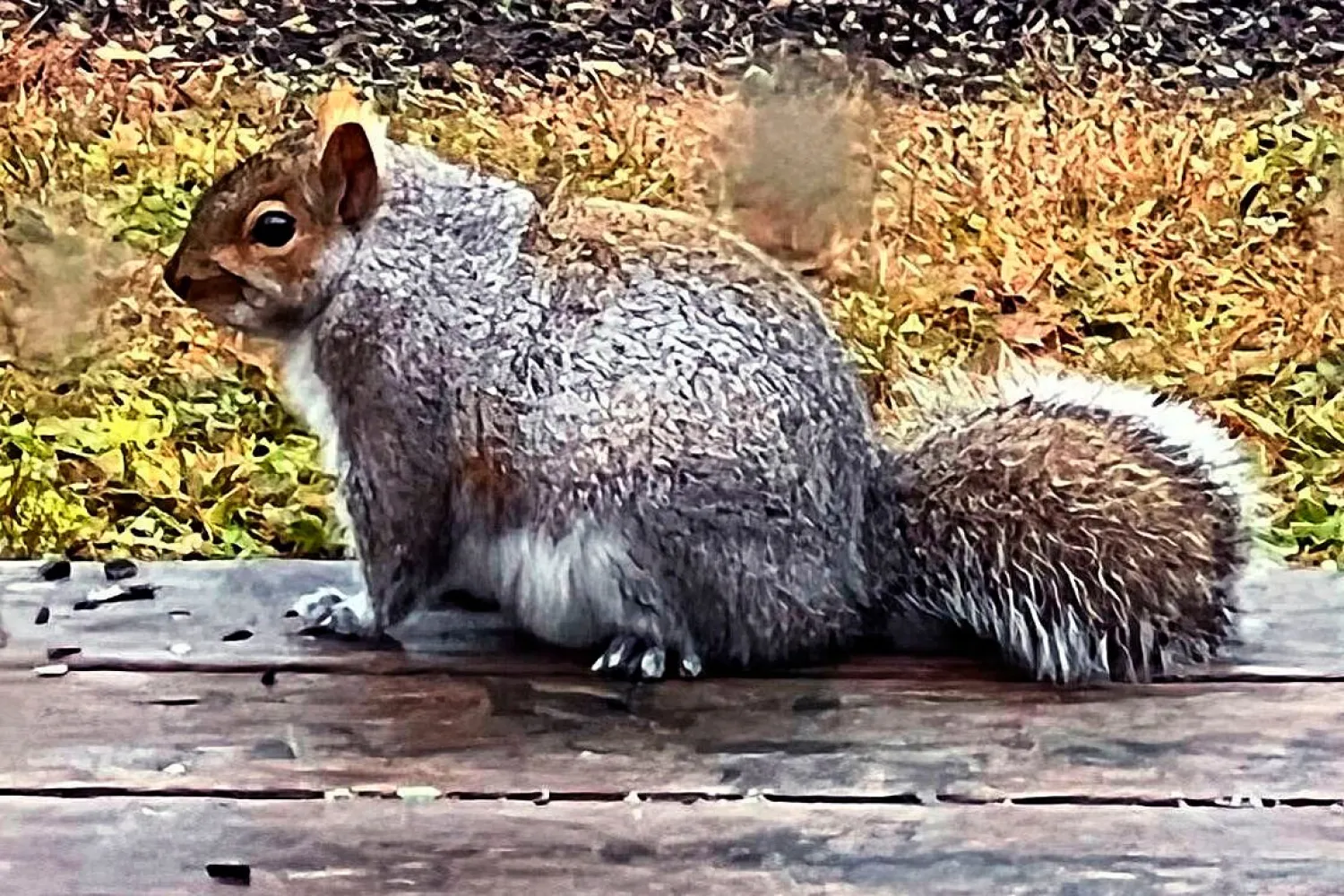The survival of a passenger who escaped through an exit door seconds after his Air India flight crashed killing everyone else on board has prompted speculation over whether his seat, 11A, is the safest.
Aviation experts say it is not so straightforward because aircraft vary widely in seat configurations, crashes are unique and survival often hinges on a complex interplay of factors.
"Each accident is different, and it is impossible to predict survivability based on seat location," said Mitchell Fox, a director at Flight Safety Foundation, a US-based nonprofit.
Viswashkumar Ramesh said his 11A seat was near an emergency exit on the London-bound Air India Boeing 787 Dreamliner that crashed in Ahmedabad on Thursday and he managed to walk out.
Sitting next to an exit door might help you survive an accident, but it won't always be 11A because aircraft can have dozens of different configurations.
"In this particular instance, because the passenger was sitting adjacent to the emergency exit, this was obviously the safest seat on the day," said Ron Bartsch, Chairman at Sydney-based AvLaw Aviation Consulting.
"But it's not always 11A, it's just 11A on this configuration of the Boeing 787."
A 2007 Popular Mechanics study of crashes since 1971 found that passengers towards the back of the plane had better survival odds. Some experts suggest the wing section offers more stability.
Sitting next to an exit door, like Ramesh, gives you an opportunity to be one of the first out of the plane, although some exits don't function after a crash. The opposite side of the plane was blocked by the wall of a building it crashed into, he said.
In January of last year, a panel missing several bolts blew off the side of a Boeing 737 MAX mid-flight, creating a gaping hole and damaging the adjacent seat. Fortunately, no one was seated there at the time, and the incident resulted in no fatalities.
Sitting by the aisle might offer you a speedier escape, but it increases the likelihood of being hit in the head by luggage falling out of the overhead bins - a much more common occurrence than major crashes.
SAFETY BRIEFINGS
Paying attention to the safety briefing at the start of your flight - often dismissed as routine - is likely the best way to improve your chances of survival, experts say.
Disciplined compliance with cabin crew evacuation advice, including leaving bags behind, was a key factor in saving the lives of all 379 passengers and crew aboard a Japan Airlines flight in January last year.
The Airbus A350 aircraft had collided with a Coast Guard plane at Tokyo's Haneda Airport, killing five of the six crew members on the smaller aircraft.
Safety briefings typically cover critical instructions such as how to fasten your seatbelt securely, adopt the correct brace position and plan your evacuation route.
A common tip is to count the number of rows between your seat and the nearest exit - vital knowledge if the cabin fills with smoke and visibility is low.
Despite disasters such as the Air India crash, plane designs have evolved to increase the likelihood of passengers walking away from a rare plane accident, Fox said.
These include floor path lighting, fire detection and extinguishers, less flammable cabin materials and improved access to emergency exits.
"There have been remarkable advancements in airplane cabin design that have improved the survivability of accidents on or near the ground," Fox said.







